标签:reader 理解 master png 项目 为什么 hello 溢出 难点
第七章:
主要内容
内部类
匿名类
异常类
断言
重点和难点
重点:内部类和异常类的理解
难点:异常类的使用
第十章:
主要内容
File类
文件字节输入、输出流
文件字符输入、输出流
缓冲流
随机流
数组流
数据流
对象流
序列化与对象可隆
使用Scanner解析文件
文件锁
重点和难点
重点:通过文件流读写数据,各种数据流的区别。掌握流的连接思想。
难点:流的连接思想及各种数据流的使用。
问题1:异常类中try-catch语句和自定义异常类有什么区别?
问题1解决方案:在查询了java书上的代码后,运行该代码可得到以下的显示
try-catch语句
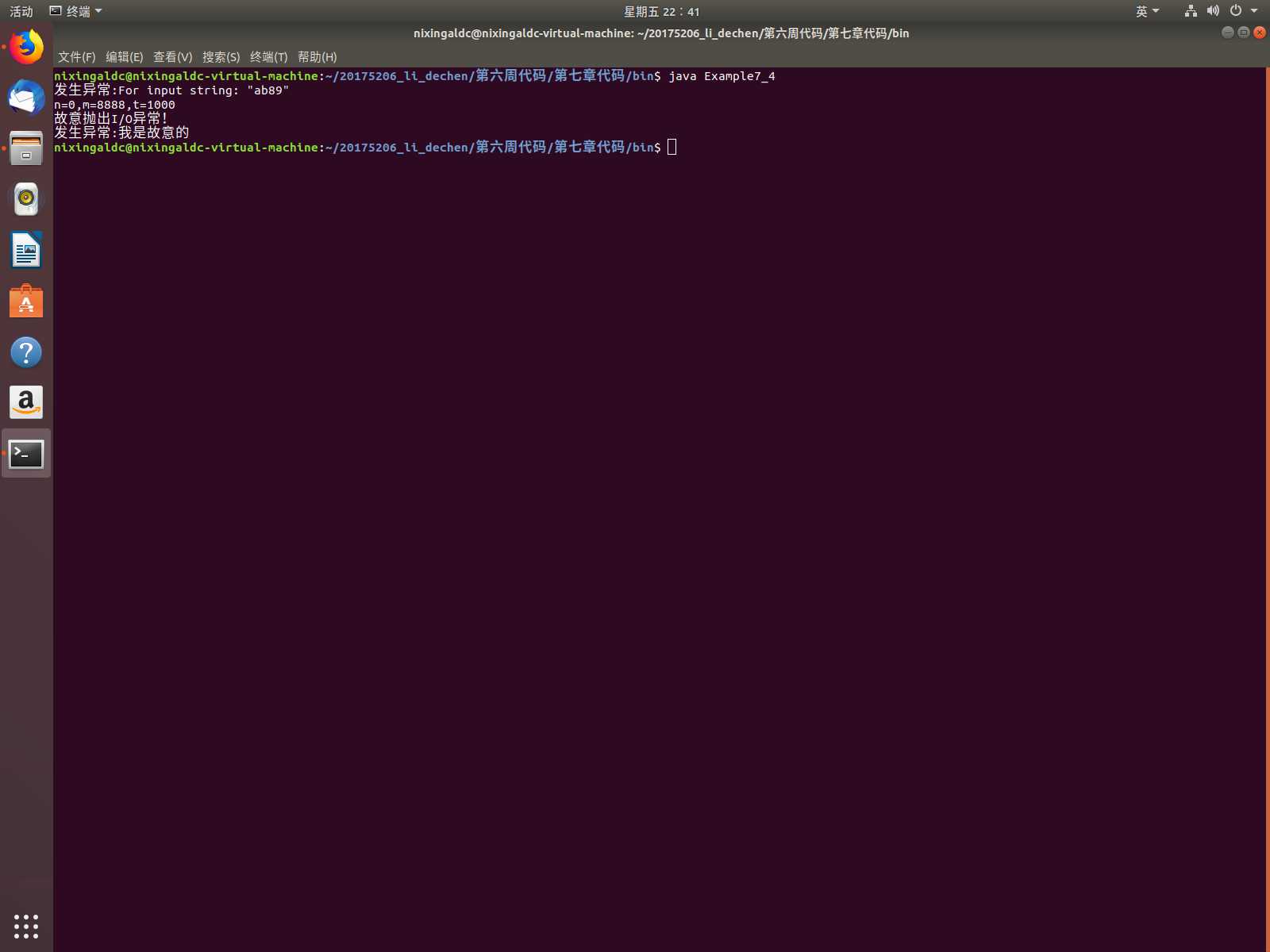
自定义异常类
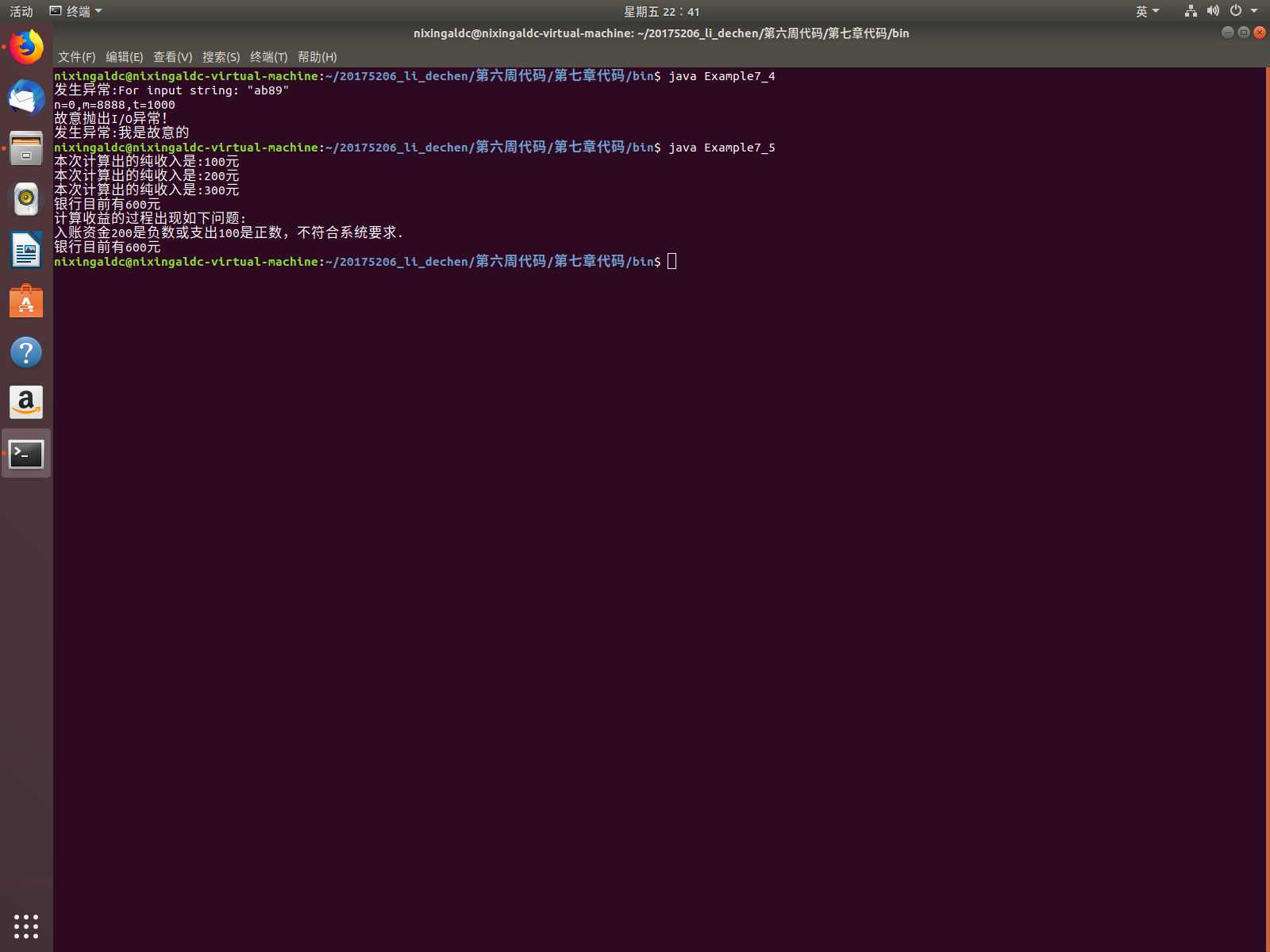
因此两种方式可让程序有机会对错误进行处理。
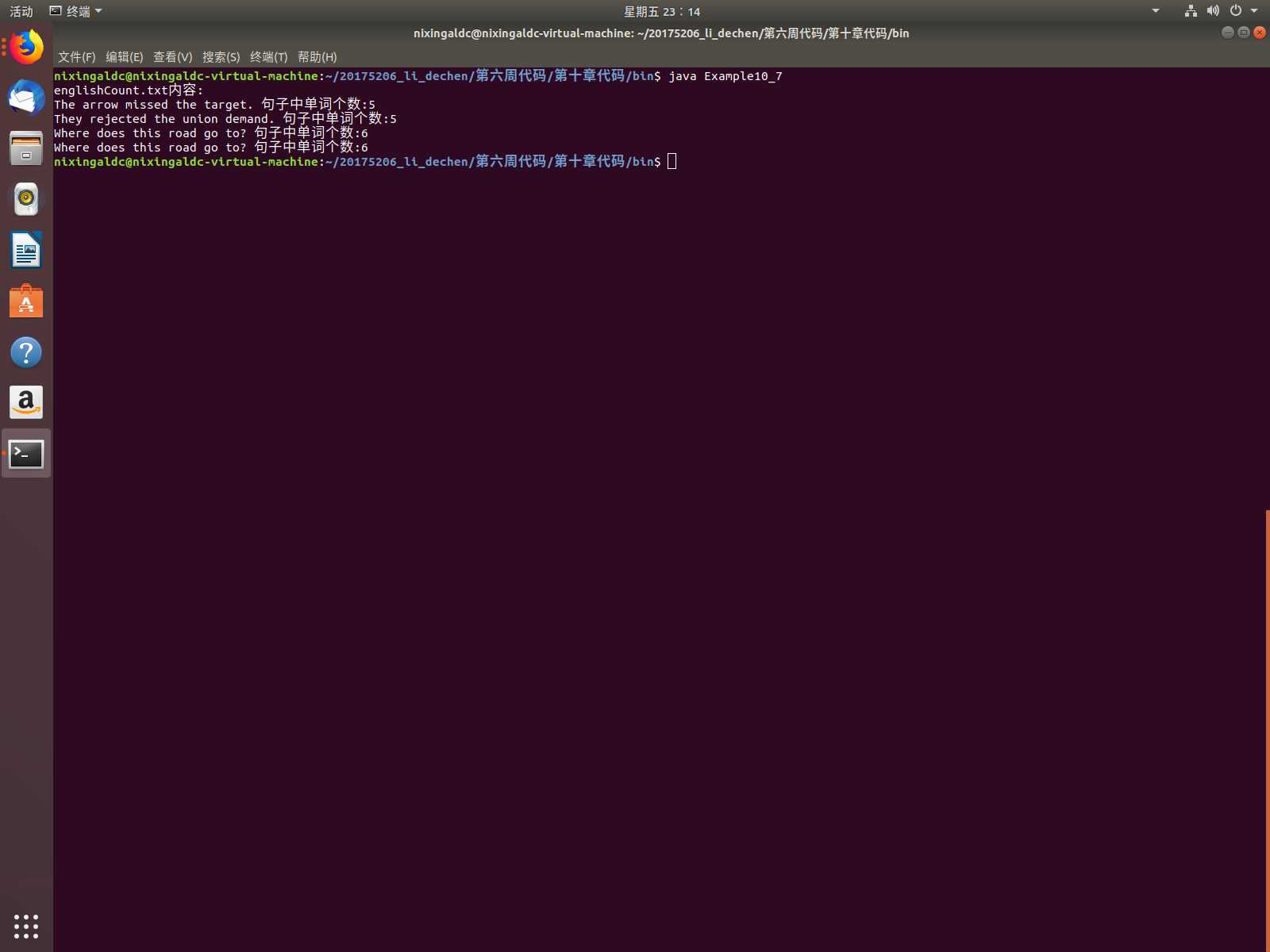
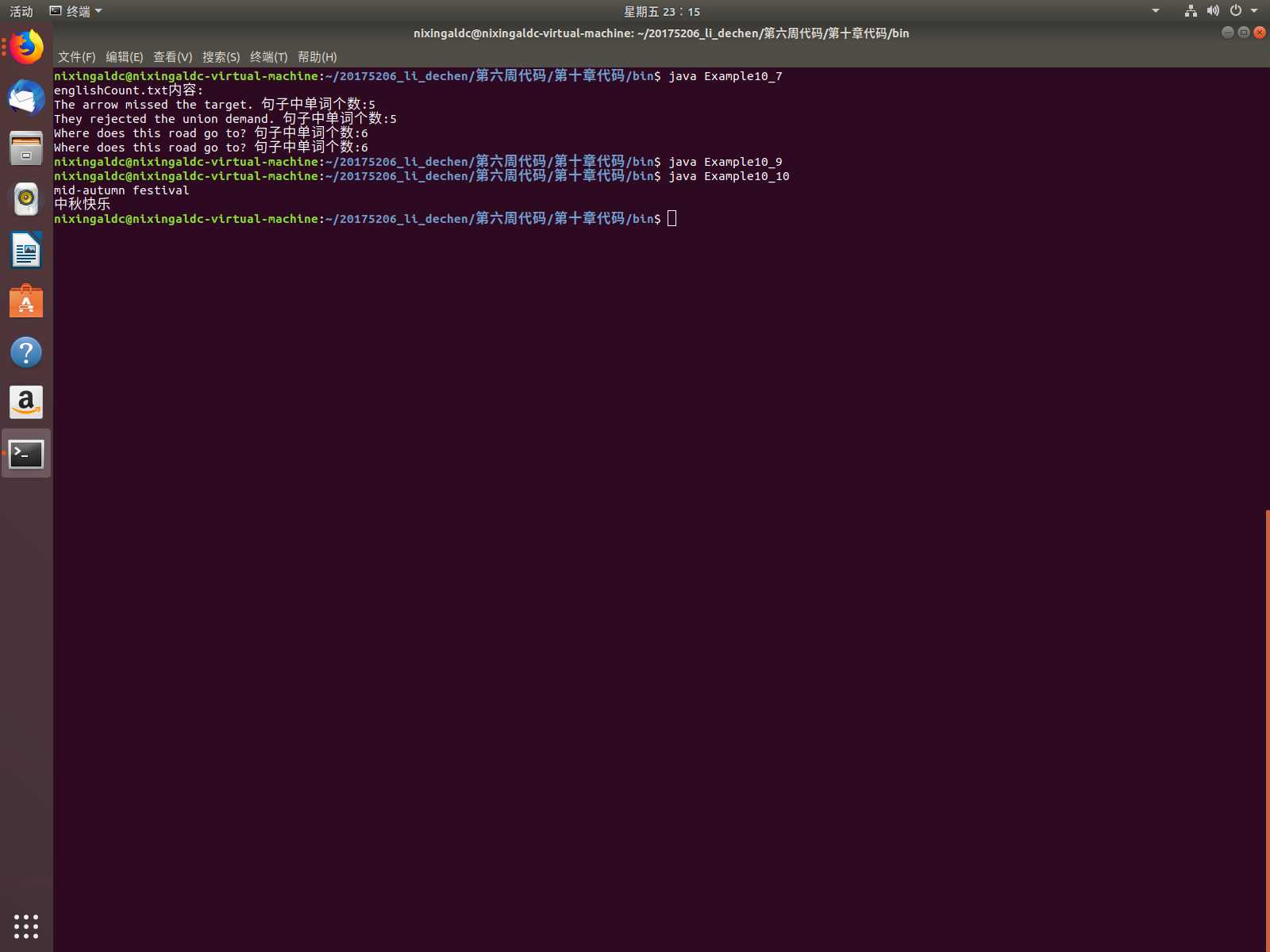
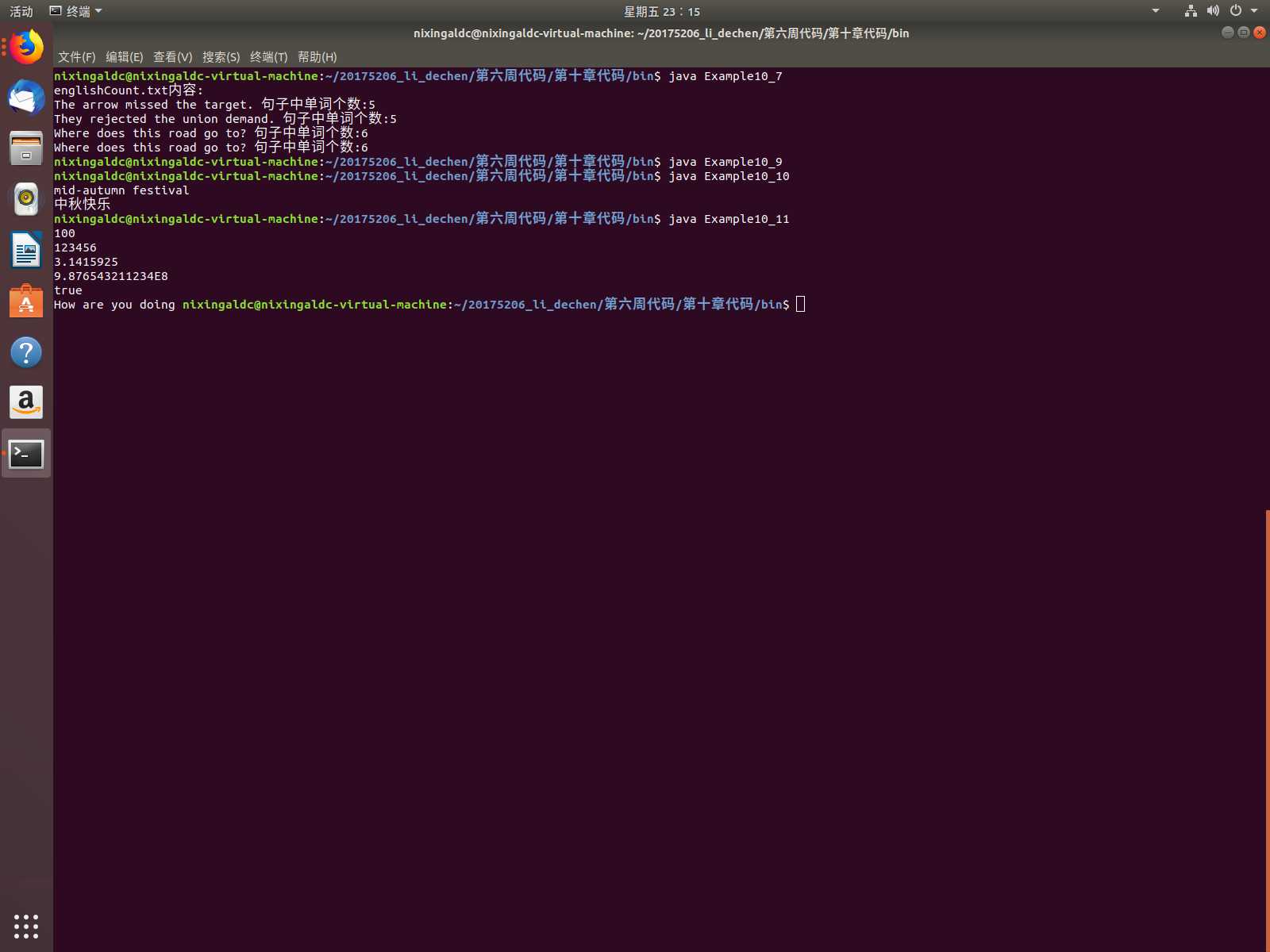
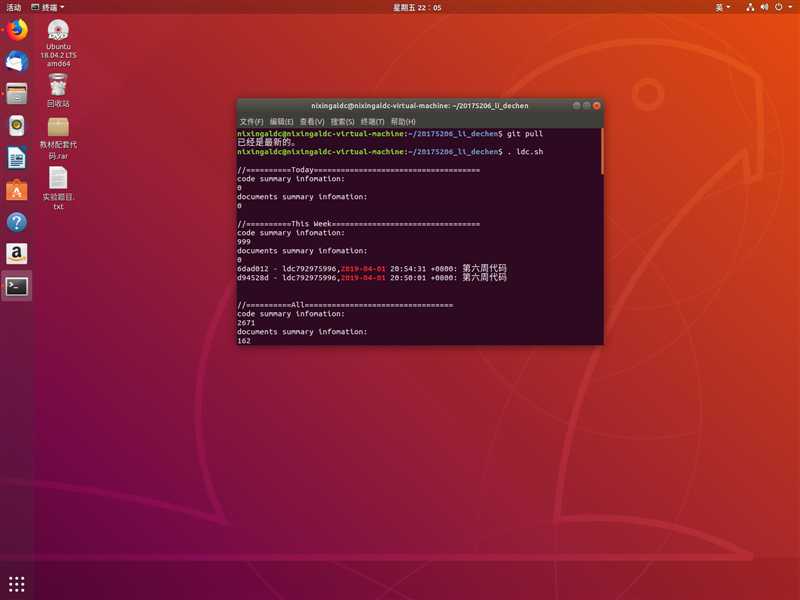
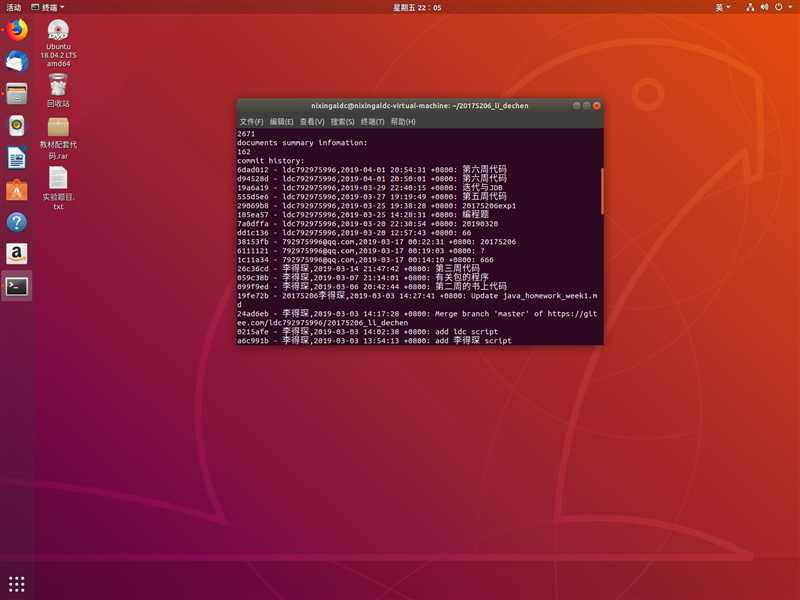

下列关于BufferedReader和BufferedWriter的说法,错误的是(B)
A .通过调用BufferedReader对象的readLine()方法,可以读取文本行。
B .BufferedReader有一个向文件写入回行符的方法:newLine()。
C .当BufferedWriter流调用flush()刷新缓存或调用close()方法关闭时,即使缓存没有溢出,,也会将缓存的内容写入目的地。
D .可以将BufferedWriter流和FileWriter流连接在一起,然后使用BufferedWriter流将数据写到目的地。
为了向文件hello.txt尾加数据,下列哪个是正确创建指向hello.txt的流?(B)
A .try { OutputStream out = new FileOutputStream ("hello.txt");
}
catch(IOException e){}
B .try { OutputStream out = new FileOutputStream ("hello.txt",true);
}
catch(IOException e){}
C .try { OutputStream out = new FileOutputStream ("hello.txt",false);
}
catch(IOException e){}
D .try { OutputStream out = new OutputStream ("hello.txt",true);
}
catch(IOException e){}
-错题3
What is the result of executing the following code? (BDE)
String line;
Console c = System.console();
Writer w = c.writer();
if ((line = c.readLine()) != null)
w.append(line);
w.flush();
A .The code runs without error but prints nothing.
B .The code prints what was entered by the user.
C .An ArrayIndexOutOfBoundsException might be thrown.
D .A NullPointerException might be thrown.
E .An IOException might be thrown.
F .The code does not compile.
| 代码行数(新增/累积) | 博客量(新增/累积) | 学习时间(新增/累积) | 重要成长 | |
|---|---|---|---|---|
| 目标 | 3500行 | 8篇 | 100小时 | |
| 第五周 | 350/500 | 2/2 | 15/20 | |
| 第六周 | 350/500 | 2/2 | 20/30 | |
| 第七周 | 0/1000 | 0/2 | 0/25 | |
| 第八周 | 0/1500 | 0/2 | 0/25 |
尝试一下记录「计划学习时间」和「实际学习时间」,到期末看看能不能改进自己的计划能力。这个工作学习中很重要,也很有用。
耗时估计的公式
:Y=X+X/N ,Y=X-X/N,训练次数多了,X、Y就接近了。
计划学习时间:30小时
实际学习时间:20小时
改进情况:
(有空多看看现代软件工程 课件
软件工程师能力自我评价表)
标签:reader 理解 master png 项目 为什么 hello 溢出 难点
原文地址:https://www.cnblogs.com/ldc175206/p/10660027.html